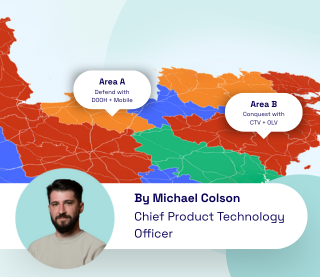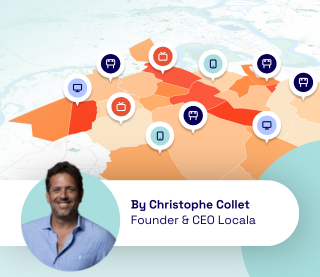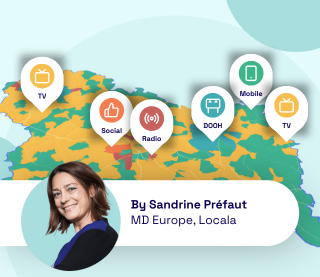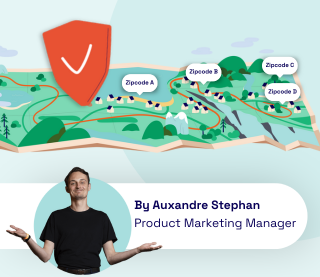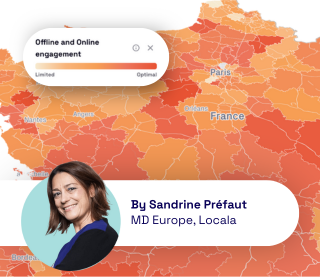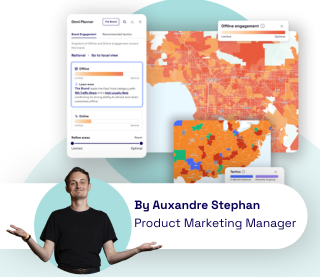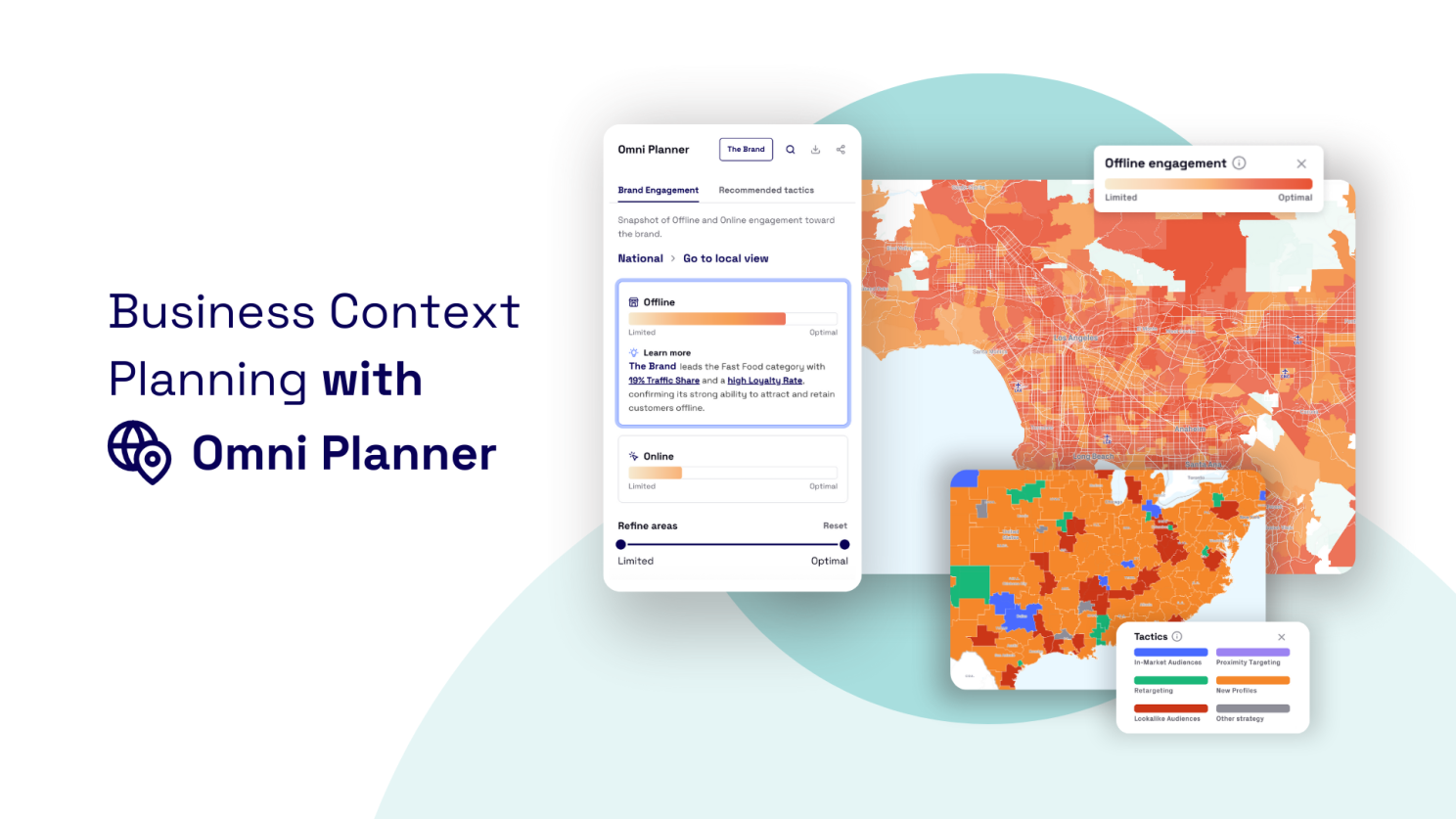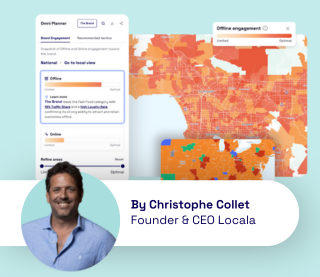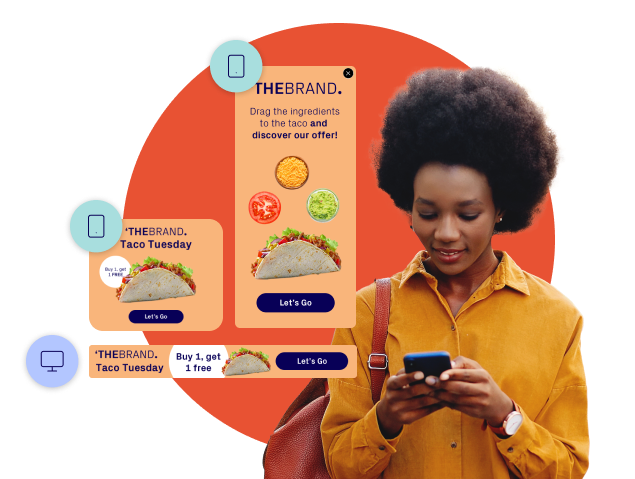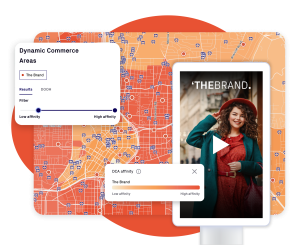
I’ve seen adtech chase the same dream for a decade: the promise that one more data source, one more audience segment, will finally unlock perfect precision. As product leaders, we were all part of a race to integrate the next great audience feed, the next behavioral signal, the next predictive attribute. We believed that with enough volume, a perfect picture of the consumer would emerge.
But the opposite is happening.
More signals are adding more noise. The 15th signal telling you someone is a “car buyer” rarely changes an outcome, and the complexity tax we pay in time, cost, and confusion is killing our ability to move fast.
Faced with this reality, my team and I made a bold, transformative decision. Instead of adding a 16th data integration, we rebuilt our planning system from the ground up, focusing on the fusion of two core, orthogonal signal sets: online behavior and real-world mobility.
The signal bloat problem
Audience signals keep multiplying, but precision isn’t. I see three recurring system failures:
- Redundant inputs: Each new data source largely overlaps with existing ones. Your 20th feed adds rounding-error reach once you de-duplicate, not incremental value.
- Correlation isn’t insight: Correlated signals produce the illusion of precision. A “hyper-targeted” segment of ten million people isn’t precise; it’s mass marketing with a fancier label.
- Channel mismatch: We’re investing heavily in channels like CTV and DOOH where targeting mechanics are fundamentally different. The unit of planning is no longer a “micro-audience everywhere,” but fit-for-channel reach and business context, market by market.
And a fuzzy question often invites detailed irrelevance. “Grow in Florida” isn’t a brief. This is:
“With Chick-fil-A gaining share across Miami-Dade, our Doral location is particularly soft on late-night visits. We need to elevate brand consideration among after-hours students and service workers within 15 minutes.”
Signals only matter if they sharpen that kind of decision. You don’t need a 16th data integration. You need a sharper question.
Start from the business. Audience is the answer, not the brief.
Advertisers don’t buy audiences; they buy business outcomes. The same brand needs a completely different strategy depending on the local context: competitive pressure, brand strength, and consumer habits.
This is why we architected our entire system around Business Context Planning.
The first question isn’t who, but where and why.
To do this, we had to move beyond our legacy as mobility experts.
The single biggest transformation my team shipped this year was building a system to unify that decade of ground-truth data with its digital counterpart. Adtech has always treated these as separate domains, reflecting how our industry was built, not how consumers actually live.
- Online signals (web traffic, engagement) are the best proxy for intent.
- Offline signals (store visits, mobility) are the ultimate ground truth of economic activity.
The breakthrough is not in analyzing them separately, but in fusing them into a single, cohesive view of a brand’s commercial reality. Instead of chasing endless attributes, we built a system that maps the entire customer journey using just four powerful, unified indicators:
- Awareness (Online): A brand’s share of web traffic in a given city, measuring its digital-shelf presence.
- Engagement (Online): The rate of meaningful on-site interactions, separating passive curiosity from active consideration.
- Attractivity (Offline): A brand’s share of foot traffic to its physical locations—the real-world market share.
- Preference (Offline): The visitor overlap with competitors, revealing where the battle for loyalty is being won or lost.
Mapping these four metrics moves us from abstract audience labels to a concrete, actionable diagnosis of the local business problem.
Omni Planner in practice: from diagnosis to action
This “less is more” philosophy is the engine behind our Omni Planner. It’s designed to turn this unified signal set into a plan you can launch, and launch fast.
Let’s make this real. Imagine an automotive brand launching a new EV in Chicago.
The old approach would be to buy a national audience of “EV Intenders” and target them across all channels. It’s a blunt instrument.
Our Omni Planner, powered by this fused On+Off data, does something radically different.
First, it analyzes the Chicago market through our four-metric lens:
- Insight 1 → High-Awareness / Low-Engagement Zone: In one cluster of northern neighborhoods, we see strong web traffic share but weak on-site interaction. Offline, the nearby dealership underperforms on foot traffic compared to a key competitor. The diagnosis: People know the brand, but they aren’t seriously considering it or visiting. The audience job is mid-funnel conversion.
- Insight 2 → Low-Awareness / Strong-Fit Zone: In another catchment to the west of the city center, awareness is low, but engagement rates are high among those who do visit the site. Offline, the local dealership converts well with loyal visitors and low switcher rates. The diagnosis: A strong product-market fit that lacks awareness. The audience job is upper-funnel demand creation.
These are two completely different business problems within the same city, invisible to any plan based on a single audience segment. Once the fused on- and offline signals surface these contrasting realities, the omnichannel plan naturally diverges.
- In the high-awareness but low-engagement zone, broad awareness tactics like CTV would be wasteful. Instead, we’d focus investment where intent can be converted, deploying high-impact DOOH near competitor clusters and running hyper-local digital campaigns to devices seen in those areas, driving to richer online experiences and stronger engagement.
- Meanwhile, in the low-awareness but high-fit zone, the challenge flips. This is where we need to build the brand. Here we’d activate CTV across the most relevant ZIPs to grow reach, using local unique-reach optimization to fill the top of the funnel and bring more qualified audiences into the discovery phase.
This is what it means to make audience a response to brand context. The where (the specific local business challenge) determines the who (the right audience) and the how (the right omnichannel levers).
Clarity over complexity
Unifying these two fundamental datasets has allowed us to deliver something I believe the industry desperately needs: relevance to the brand context. relevance.
A compact, explainable signal set, rooted in business reality, beats a sprawling catalog of lookalikes every time. You can build a plan in hours, not weeks. You can explain it to a CMO in a single chart. And most importantly, you can launch it, measure the impact on both online and offline behaviors, and learn.
This is the Plan ▸ Activate ▸ Learn loop our platform is built to accelerate. It’s not about finding more data. It’s about having the right data, fused into a single source of truth, to give you direction.
Less noise. More signal. Better outcomes.

